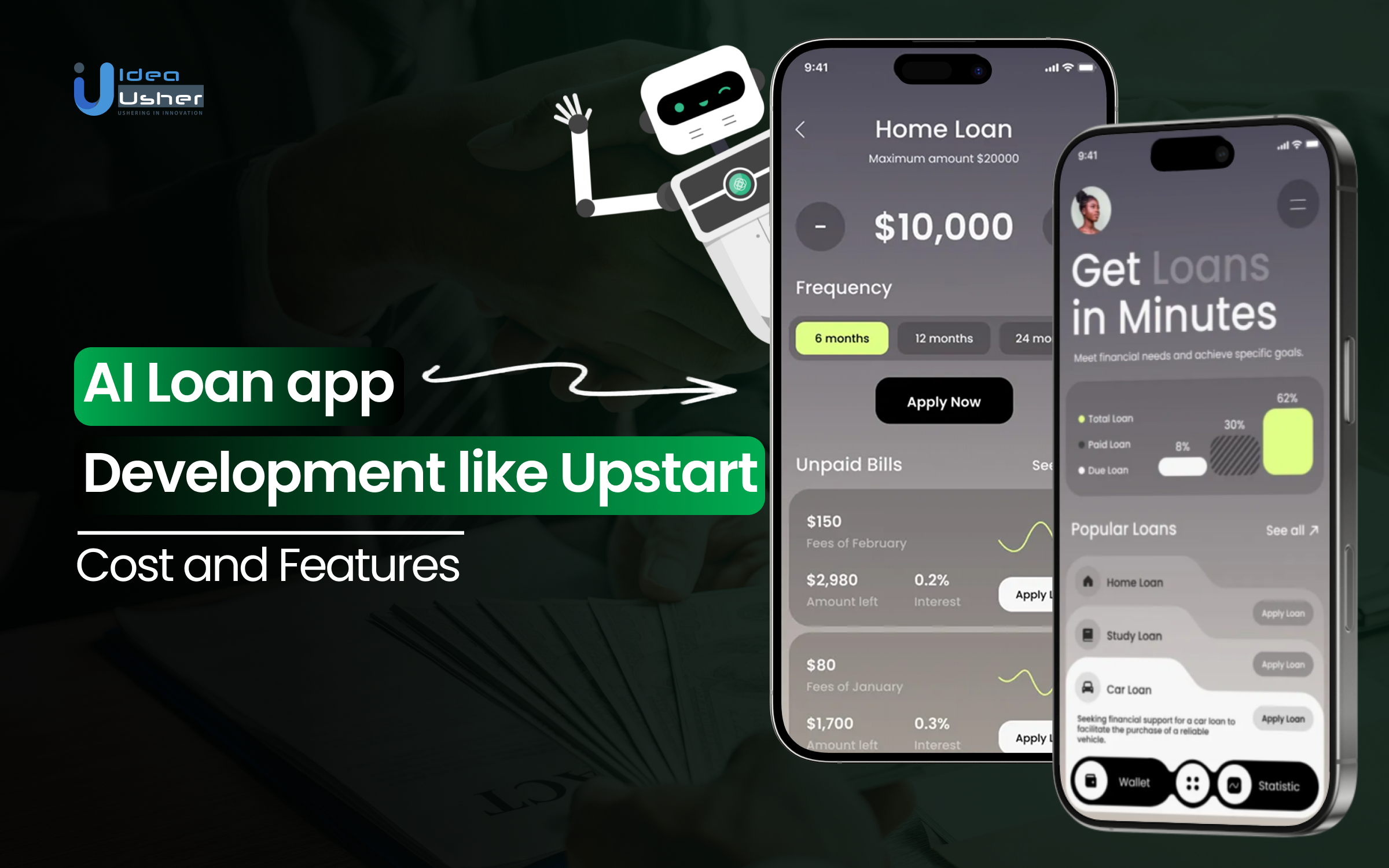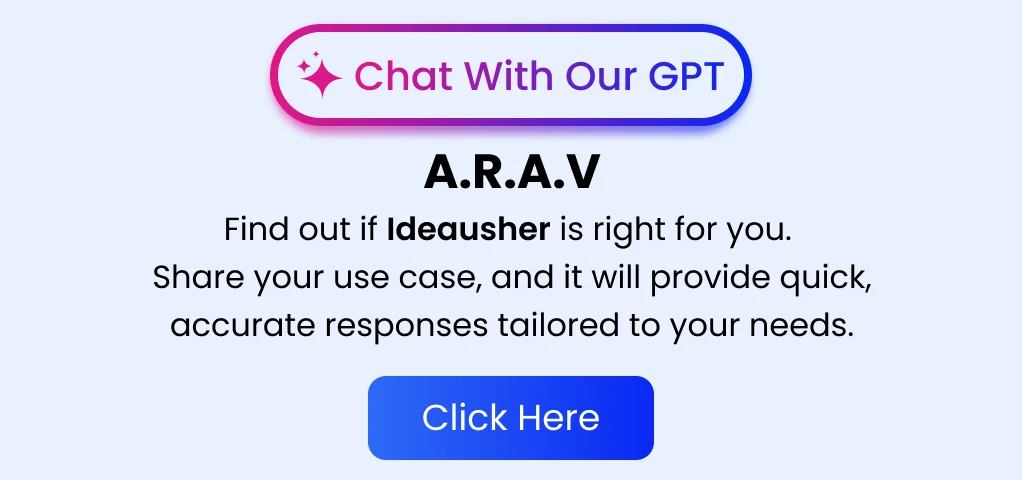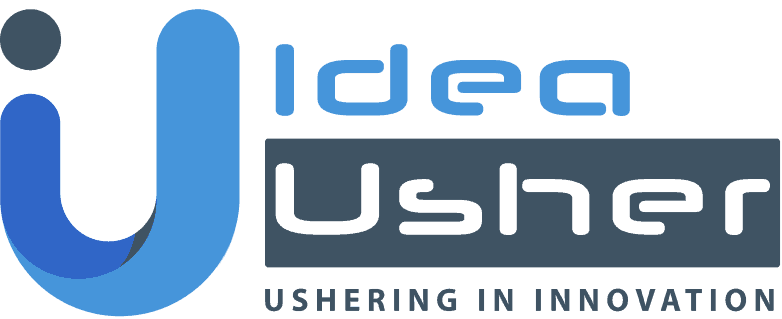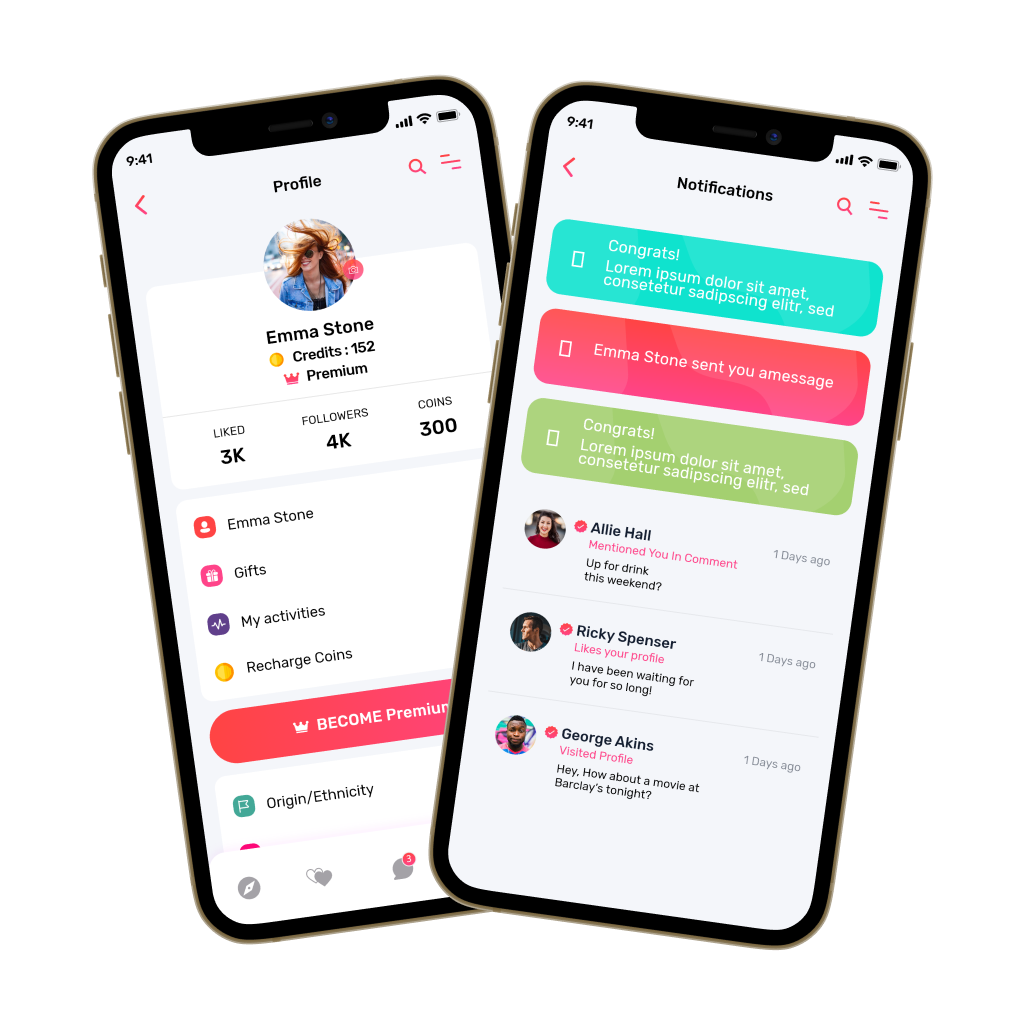AI-powered loan applications are quickly changing the way lending works, and platforms like Upstart and LendingClub are at the forefront of this transformation. These platforms use machine learning to analyze non-traditional data points such as education, employment history, and even personal attributes instead of just relying on traditional credit scores. This has made loans more accessible to a wider range of people, including those who may not have a strong credit history. According to studies, AI in the FinTech market is expected to reach $26.67 billion by 2026, highlighting the immense growth and potential of AI in financial services.
Upstart, for example, has helped thousands of borrowers by offering smarter loan approval processes. They use AI to assess creditworthiness in a way that’s much more flexible and comprehensive than traditional models.
If you’re thinking about building a platform like Upstart or LendingClub, it’s important to understand how these technologies work and how to comply with financial regulations. In this blog, we’ll walk you through the key steps to building your own AI-driven loan app, from the technical side to the business side, to help you get started on the right foot.
Overview of the Upstart App
Upstart is an innovative AI-powered lending platform that works with banks and credit unions to help users access affordable loans. Unlike traditional credit scoring methods, Upstart uses artificial intelligence and machine learning to assess a variety of factors to determine a user’s creditworthiness, offering a more personalized approach to borrowing.
Key Features
Here are some of the key features users can expect when using Upstart:
- AI-Driven Loan Applications: Applying for a loan is simple through Upstart’s online platform. The AI reviews more than just a user’s credit score—it looks at factors like education, job history, and earning potential to assess the ability to repay the loan.
- Customized Loan Offers: Based on a user’s unique financial situation, Upstart’s AI recommends loan options that are best for them. Banks and credit unions can also offer tailored loan choices to their customers through Upstart’s network.
- Instant Approval: With Upstart’s AI technology, loan approvals happen quickly—often instantly! Over 80% of applications are approved in real-time without the need for document uploads or phone calls.
- Helpful AI Assistants: Upstart’s virtual assistants, powered by AI, guide users through the application process, answer any questions, and make recommendations tailored to their needs. These chatbots use natural language to interact with users and provide a smooth experience.
- Smart Credit Decisioning: Lenders can use Upstart’s AI technology to make quick and accurate loan decisions, including determining the best loan terms and pricing, based on a wide range of data points.
Key Market Takeaways for AI Loan Apps
According to ResearchNester, the AI lending market is growing rapidly, with the AI Platform Lending Market expected to rise from USD 109.73 billion in 2024 to USD 2.01 trillion by 2037, growing at a CAGR of around 25.1%.
Source: ResearchNester
Several key factors are fueling this boom. Digital transformation is a major driver, with global spending expected to be near USD 3 trillion by 2025. The growing number of smartphone users and increased internet penetration are also simplifying the loan process, making it easier for people to apply for loans through apps like KreditBee and mPokket.
AI algorithms are becoming more advanced, allowing platforms to offer personalized loan options, including customized interest rates and repayment terms, which improves customer satisfaction and loyalty.
AI-powered systems also automate tasks, reduce manual effort, speed up loan origination, and provide comprehensive creditworthiness assessments.
Many AI-driven platforms are leading the way in revolutionizing loan apps. Upstart, founded by former Google engineers, uses AI to analyze over 1,000 data points, such as education and employment history, to create more accurate credit assessments. Kabbage uses AI to simplify and speed up small business loan applications by integrating real-time data from business accounts.
Moreover, Algebrik AI, in partnership with Plaid, helps credit unions streamline loan approvals by using consumer-permissioned data, making underwriting more accurate and reducing decision times.
Work with Ex-MAANG developers to build next-gen apps schedule your consultation now
Business Model of the Upstart App
Upstart is an AI-powered lending platform that connects consumers, banks, and investors to make it easier for people to access affordable loans. The platform uses advanced AI technology to assess creditworthiness, offering personalized loan offers that can often result in higher approval rates and lower interest rates compared to traditional lending methods.
Value for Consumers
Upstart offers consumers better chances of getting approved for loans, with 27% more borrowers being approved than traditional models. Plus, the loans come with a 16% lower average APR. Borrowers can easily apply through Upstart’s online platform, where AI analyzes their personal and financial details to help determine the best loan options.
Value for Banks and Credit Unions
Upstart helps banks and credit unions expand their customer base while minimizing the risk of default. Banks can offer loans powered by Upstart’s AI technology via a bank-branded interface, either on their website or mobile app, making it easy for them to provide credit in a smarter, more efficient way.
AI-Powered Flywheel
Upstart’s platform connects consumers, banks, and institutional investors in a shared ecosystem. By using AI, Upstart is able to match borrowers with suitable loans from bank partners. This not only benefits consumers but also helps banks responsibly adopt new tech, especially as AI is a disruptive innovation in the traditionally cautious banking sector.
Revenue Model
Upstart generates revenue mainly through fees associated with its platform. Here’s how:
- Platform and Referral Fees: Banks pay Upstart for using its AI lending platform, which includes services like loan application collection, credit risk underwriting, fraud detection, and electronic loan offers. Additionally, Upstart gets a fee whenever a borrower is referred to a bank through its platform.
- Servicing Fees: Upstart also earns from servicing loans, charging a monthly fee based on the outstanding loan balance, paid by the institutions that hold the loans.
- Transaction Fees: A large chunk of Upstart’s revenue comes from transaction fees. In 2022, these fees made up over 60% of their total revenue.
- Platform Licensing Fees: Upstart also makes money from licensing its platform as a software service, generating significant income from its technology.
- Interest Income: Upstart generates income from the interest on loans, though this makes up a smaller portion of their revenue.
Funding
Upstart has raised a total of $642.23 million across 12 funding rounds. Notable investors include Google Ventures, Marc Benioff, and Eric Schmidt. The company went public in 2020, raising $240.4 million.
Financial Performance
- Q4 2024: Revenue was $219 million, a 56% increase year-over-year, with $199 million coming from fees, up 30% from the previous year.
- Q3 2024: Contribution profit hit $102.4 million, up 9% from the previous year, with a contribution margin of 61%.
- Full Year 2024: Contribution profit for the year reached $382 million, with a contribution margin of 60%.
Market Potential
Upstart is tapping into a massive $3 trillion market in annual loan originations, which includes $1.4 trillion for home loans, $677 billion for auto loans, $155 billion for personal loans, and $895 billion for small business loans.
The Perfect Time for Businesses to Invest in AI Loan App Development
Launching an AI-powered loan application, like Upstart or LendingClub, can be incredibly profitable for businesses, especially given the growing demand for digital lending solutions. AI in loan apps automates the loan origination process, allowing lenders to analyze large volumes of data quickly and accurately, reducing the risk of defaults. This leads to more informed lending decisions and an improved ability to assess creditworthiness, even for individuals with limited or no credit history.
By incorporating AI, businesses can offer personalized loan options, increasing customer satisfaction and retention, which in turn boosts revenue. For instance, Upstart, a leading AI-driven lending platform, reported a revenue of $1.4 billion in 2023.
AI reduces operational inefficiencies, making platforms more competitive. By improving risk analysis and predictive models, lenders can reach a wider customer base, including those typically excluded from traditional loans, boosting growth and profitability.
LendingClub, another notable example, generated $1.1 billion in revenue in 2023, highlighting the potential of AI-powered lending platforms. This approach opens new revenue streams and expands market reach, boosting profitability.
As the financial services sector increasingly adopts technology, investing in AI-driven loan apps not only addresses current market demand but also positions platforms for long-term success, offering significant growth and profitability opportunities in the evolving fintech landscape.
Development Steps for an AI Loan app like Upstart
Developing an AI-driven loan app like Upstart requires a strategic approach to integrate artificial intelligence, financial technology, and regulatory compliance. Here are the essential steps for building a robust AI lending platform.
1. Market Research and Compliance Analysis
A comprehensive market analysis helps in understanding industry trends, competitors, and customer expectations. Ensuring compliance with financial regulations such as GDPR, Fair Lending Laws, and AI ethics guidelines is crucial for securing trust and avoiding legal issues.
2. AI-Driven Credit Scoring Model Development
Traditional credit scoring relies on limited factors, whereas AI can analyze diverse data points such as education, employment history, and spending patterns. Developing a machine learning model that predicts creditworthiness with high accuracy is essential for risk assessment and fair lending.
3. Loan Origination and Underwriting System
Building an automated loan origination system enables seamless application processing. AI-powered underwriting assesses borrower risk instantly and recommends loan terms based on predictive analytics. This ensures quick decision-making and reduces manual intervention.
4. Secure and Scalable Infrastructure
A secure cloud-based architecture ensures scalability and data security. Implementing strong encryption, multi-factor authentication, and fraud detection mechanisms protects sensitive user data and maintains compliance with financial regulations.
5. User-Friendly Mobile and Web Interface
A well-designed mobile and web platform improves the user experience. Features such as intuitive loan application forms, real-time status updates, and AI-driven chat support enhance customer engagement and simplify the borrowing process.
6. Instant Loan Approval and Disbursement
AI automates loan approvals by analyzing applicant data in real-time. Integrating with payment gateways and banking APIs ensures instant disbursement of funds upon approval, reducing wait times and enhancing customer satisfaction.
7. Smart Loan Management System
A loan management system tracks repayments, interest calculations, and payment schedules. AI-based predictive analytics can identify potential defaults and suggest proactive measures to mitigate financial risks for lenders.
8. AI-Powered Fraud Detection and Risk Management
Machine learning algorithms can detect fraudulent activities by analyzing transaction patterns and borrower behavior. Implementing AI-driven anomaly detection strengthens security and prevents financial fraud.
9. Continuous AI Model Optimization and Expansion
Regular updates to AI models enhance prediction accuracy and efficiency. Expanding the platform to support new financial products, partnerships with banks, and compliance with evolving regulations ensures long-term growth and scalability.
Cost of Developing an AI Loan app Development like Upstart
| Phase | Tasks | Estimated Cost ($) |
| 1. Research and Planning (2-5%) | Market research (competitive analysis, user needs) | 500 – 2,000 |
| Feasibility study (technical viability, compliance) | 500 – 3,000 | |
| Requirements gathering (feature definition, UX planning) | 1,000 – 3,000 | |
| Subtotal | 2,000 – 5,000 | |
| 2. AI Model Development (20-40%) | Data acquisition & preprocessing (credit data, financial records) | 500 – 10,000 |
| Model training & evaluation (credit scoring, risk assessment, fraud detection) | 1,500 – 30,000 | |
| Model deployment & backend integration | 500 – 5,000 | |
| Subtotal | 2,000 – 40,000 | |
| 3. Frontend Development (20-30%) | UI/UX design (wireframing, prototyping, branding) | 1,000 – 15,000 |
| Frontend development (React, Angular, Vue.js for web & mobile) | 1,000 – 15,000 | |
| Subtotal | 2,000 – 30,000 | |
| 4. Backend Development (25-35%) | API development (connecting frontend, backend, & AI models) | 1,000 – 15,000 |
| Database design & implementation (secure storage for user data, loans) | 500 – 10,000 | |
| Server infrastructure (cloud hosting, scalability management) | 1,000 – 10,000 | |
| Security implementation (data encryption, fraud prevention) | 500 – 5,000 | |
| Subtotal | 2,500 – 35,000 | |
| Total Estimated Cost | $10,000 – $100,000 |
Factors Affecting the Development Cost of Social Blockchain App
Developing an AI-powered loan app like Upstart involves unique cost considerations beyond traditional app development. Several factors can significantly impact the overall budget, especially those related to the AI component:
- AI Model Complexity: The sophistication of the machine learning algorithms for credit scoring and risk assessment affects development costs. More complex models require more data, computational resources, and expertise, driving up expenses.
- Data Acquisition and Quality: AI models depend on high-quality data. Acquiring data from sources like credit bureaus or financial institutions can be costly, especially if extensive data cleaning and preprocessing are needed.
- Explainable AI: Regulatory and ethical requirements often necessitate XAI, which ensures transparency in decision-making. Implementing XAI adds complexity and cost, as it requires techniques to interpret model outputs.
- Regulatory Compliance: Loan apps must meet stringent regulations (e.g., Fair Credit Reporting Act). Ensuring compliance with data privacy, security, and fairness requirements can add significant legal and development costs.
Conclusion
AI-powered loan apps like Upstart are transforming lending by offering faster, personalized, and more equitable credit access. Businesses developing similar apps can reduce operational costs, streamline loan processing, and improve risk assessment, leading to lower defaults and higher profitability. These apps can reach underserved markets, generating new revenue from loan interest and fees. By using AI for credit scoring and fraud detection, businesses can make better lending decisions, offer competitive rates, and build more efficient operations.
Looking to Develop an AI Loan App like Upstart?
At Idea Usher, we specialize in creating innovative, AI-powered loan apps like Upstart. With over 500,000 hours of coding experience, we build scalable, reliable, and compliant platforms tailored to your needs. From data collection and AI model development to designing a user-friendly interface and seamlessly integrating with financial institutions, we’re with you every step of the way. Let’s work together to create a loan app that simplifies processes, enhances risk assessment, and expands your market reach!
Work with Ex-MAANG developers to build next-gen apps schedule your consultation now
FAQs
Q1: How to develop an AI loan app?
A1: To develop an AI loan app, start by identifying the core features like AI-driven credit scoring, loan approval automation, and fraud detection. Gather reliable data to train the AI models, ensuring they are both accurate and compliant. Design an intuitive user interface, ensure seamless integration with financial institutions, and focus on security and scalability to build a strong foundation.
Q2: What are the features of an AI loan app?
A2: AI loan apps include features like automated credit scoring, personalized loan offers, instant loan approvals, fraud detection, and easy integration with banks. They also provide a user-friendly interface, flexible repayment plans, and transparent loan management tools to improve the overall customer experience.
Q3: What is the cost of developing an AI loan app?
A3: The cost of developing an AI loan app depends on the complexity of features, the technology stack used, and the development team’s expertise. Factors like data collection, AI model training, app design, and integration with financial systems will influence the total cost.
Q4: How AI loan apps make money?
A4: AI loan apps generate revenue by charging interest on loans and collecting processing fees. They may also partner with financial institutions to share in the profits. Additionally, they can offer premium services or leverage data insights for businesses, opening up other avenues for revenue.




















